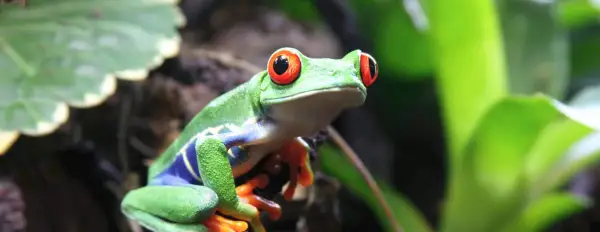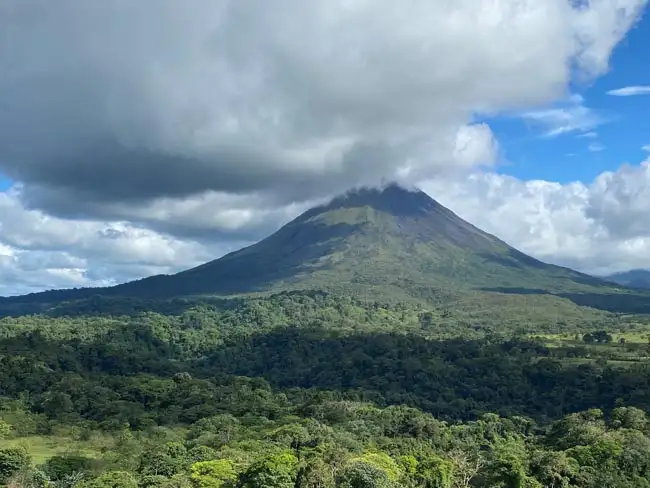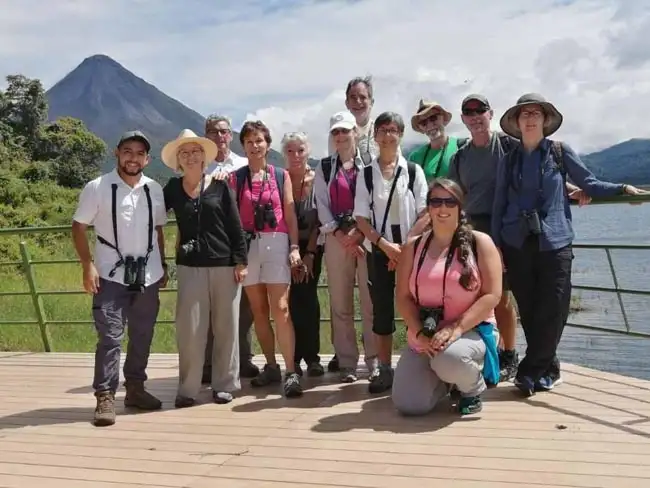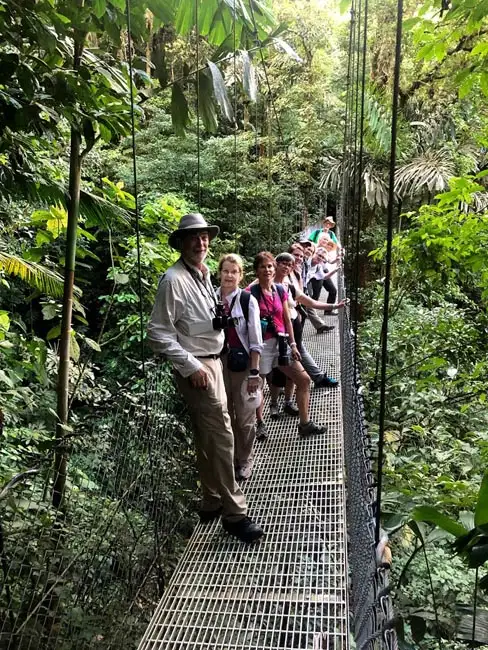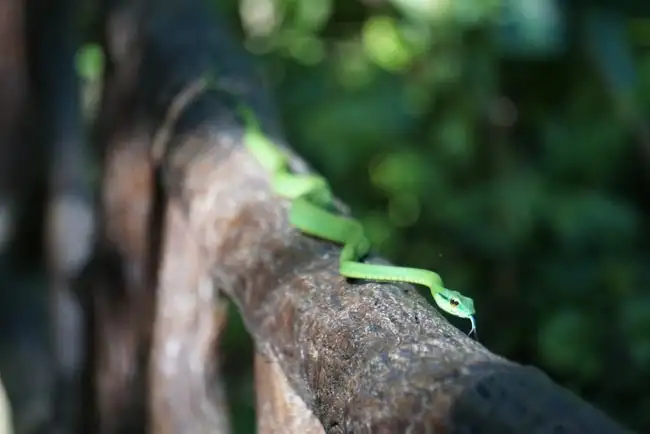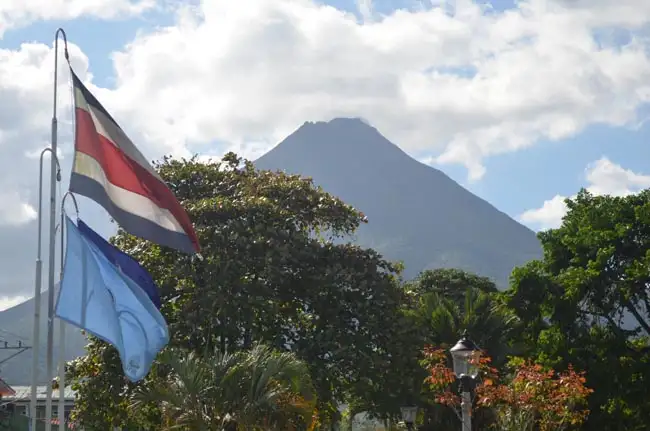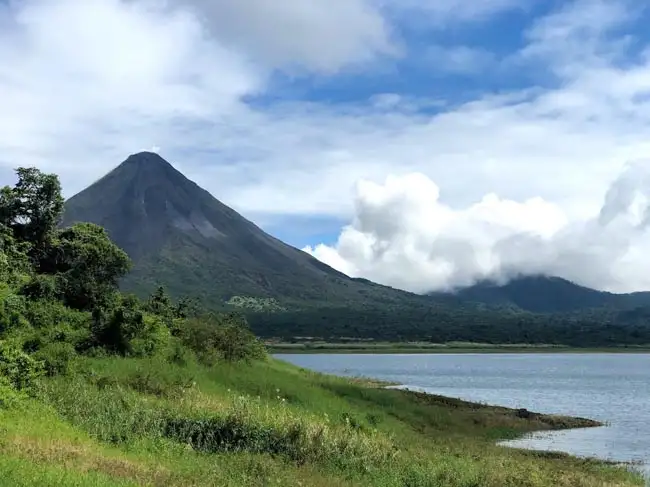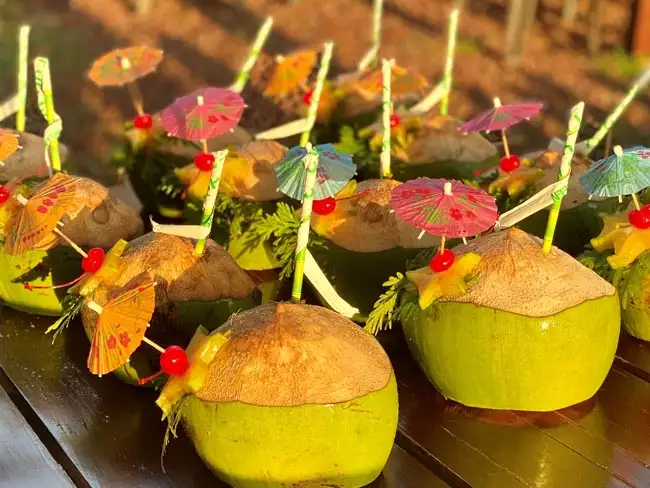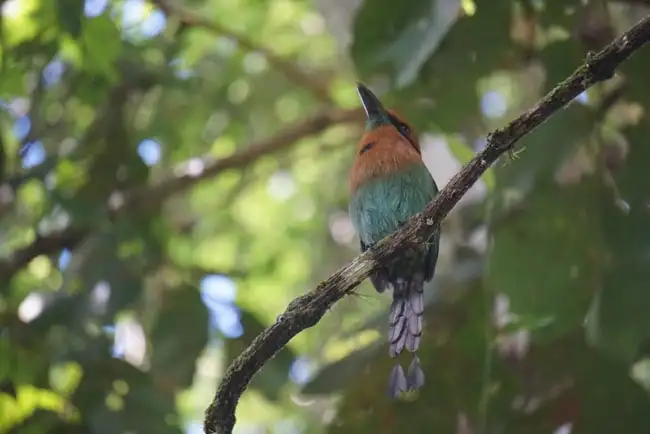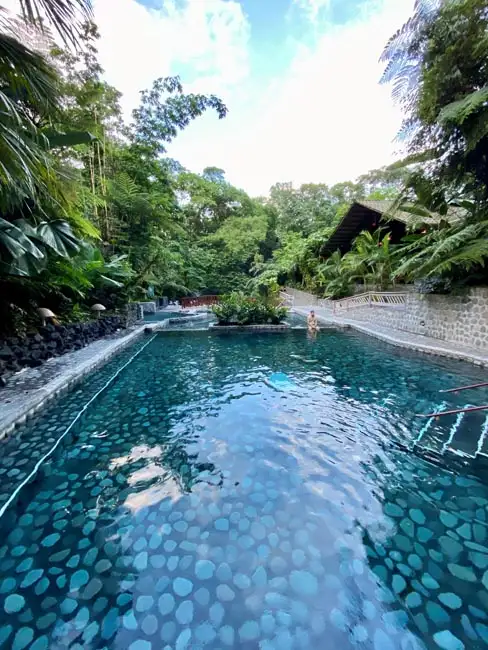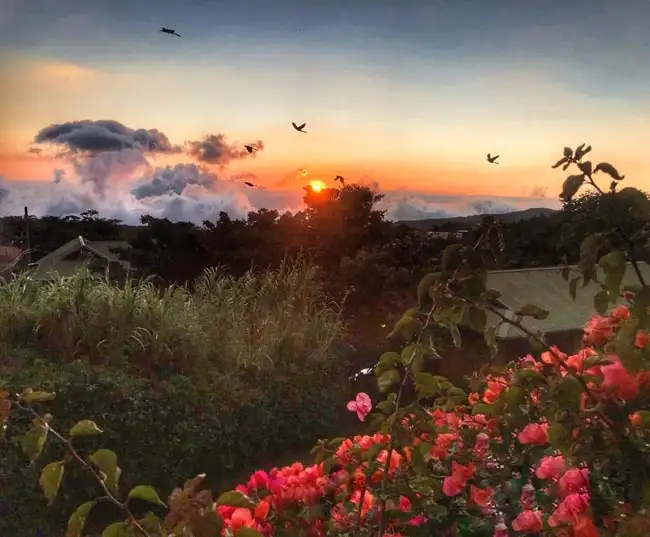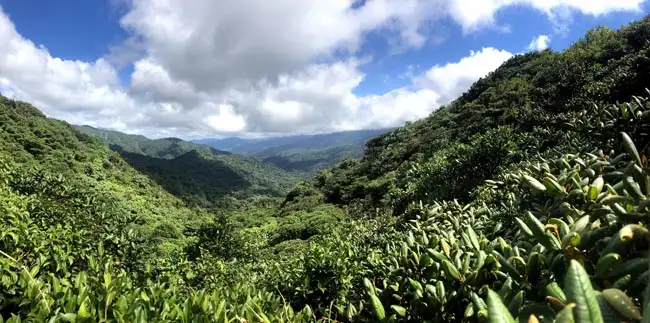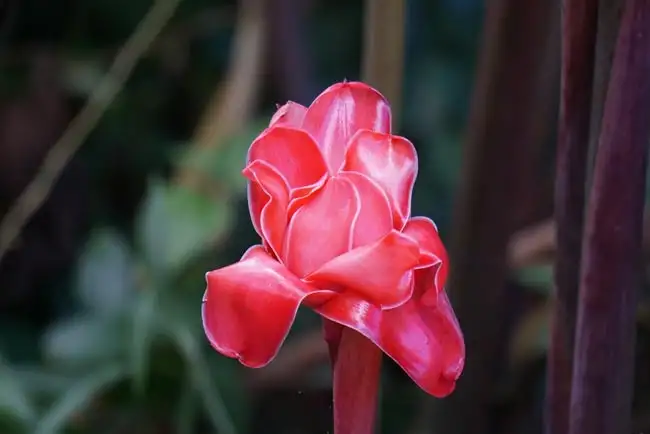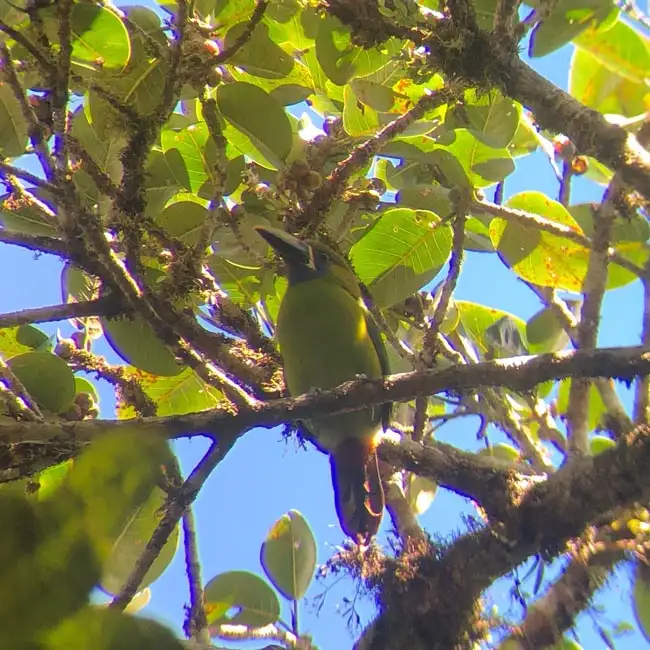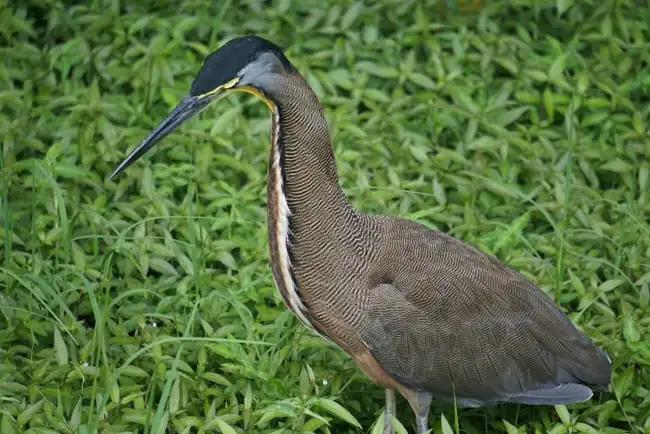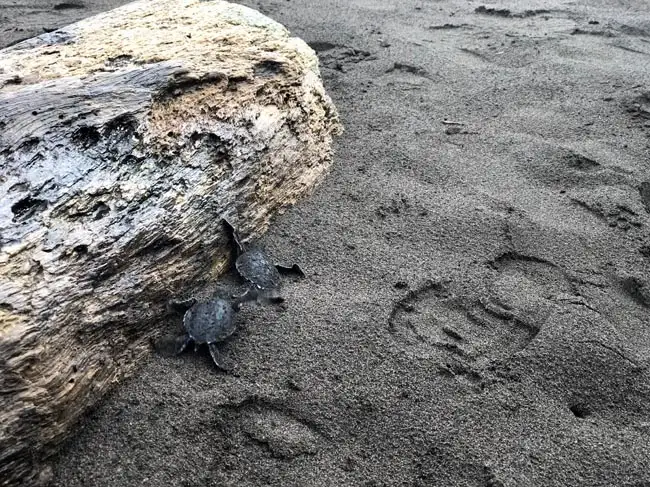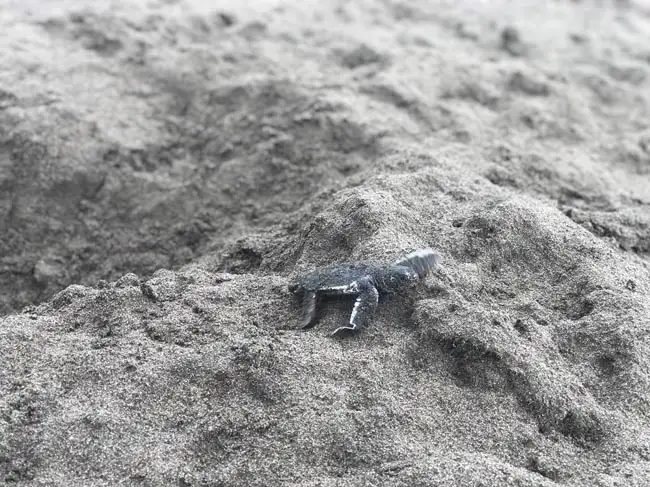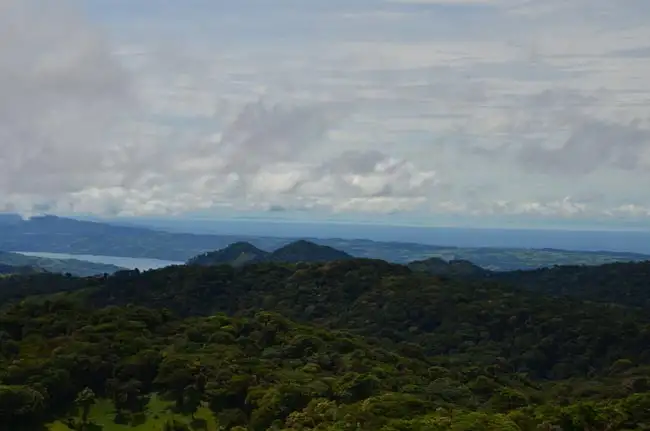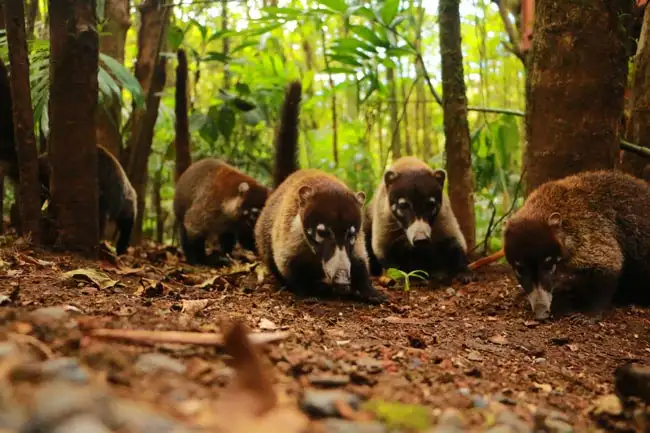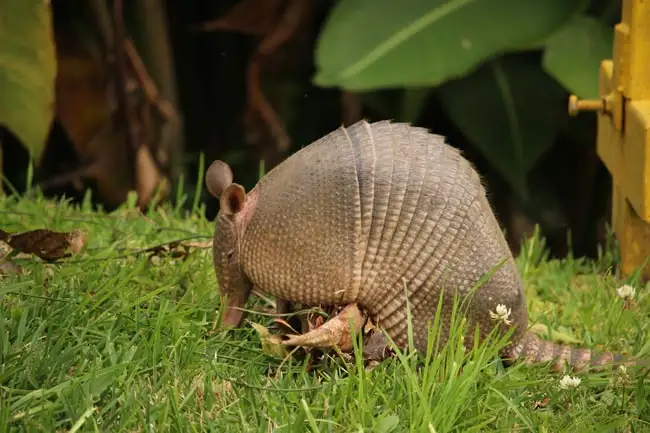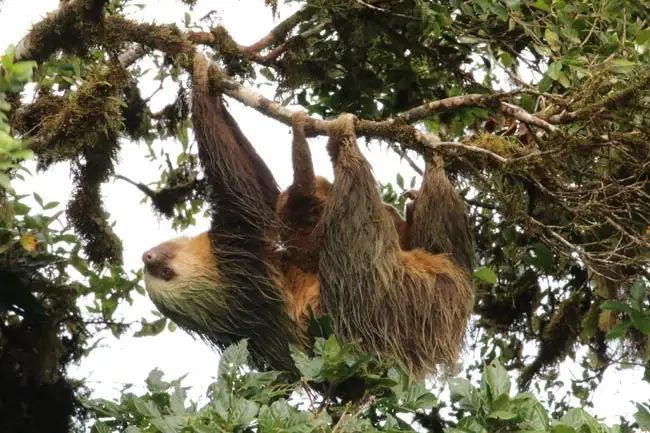Today we travel through rural countryside to the Monteverde Cloud Forest Reserve area, approximately four hours by road. The final section of the journey follows unpaved roads that climb into the mountains — the rough conditions have helped preserve the area's ecological integrity by limiting development.
Monteverde's cloud forest exists because of specific conditions: trade winds carrying moisture from the Caribbean meet mountains along the continental divide, forcing air upward where it cools and condenses into clouds. During the dry season (December through April), when lowland forests receive little rain, the cloud forest remains enveloped in mist that nourishes the ecosystem.
This constant moisture supports an extraordinary diversity of epiphytes — plants that grow on other plants without parasitizing them. Trees are covered with orchids, bromeliads, mosses, and ferns that obtain nutrients directly from rain, mist, and organic debris rather than from soil. More than 420 orchid species have been identified in Monteverde, along with over 200 fern species. The forest canopy filters sunlight, creating dim conditions on the forest floor where shade-tolerant plants like philodendrons, heliconias, and begonias thrive.
The reserve, established in 1972, now protects over 10,500 hectares (26,000 acres) and hosts over 400 bird species, including 30 species of hummingbirds. The resplendent quetzal, with its iridescent green plumage and long tail feathers, lives here year-round. Mammal species include howler monkeys, white-faced capuchins, spider monkeys, coatis, and, more rarely, pumas, ocelots, and jaguars.
This afternoon we visit the Butterfly Garden, where native butterfly species and other insects are raised in controlled environments. The facility contributes to research on butterfly ecology, their role in pollination, and their sensitivity to environmental changes including pollution and climate shifts.
Overnight in Monteverde.
Included Meal(s): Breakfast and Dinner